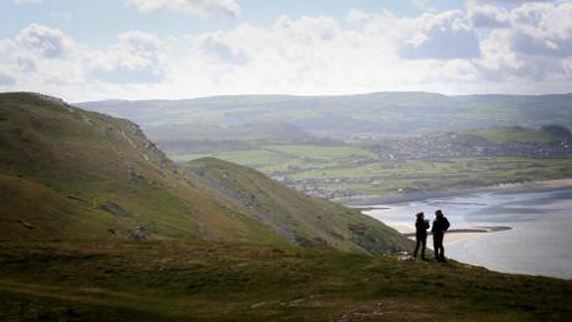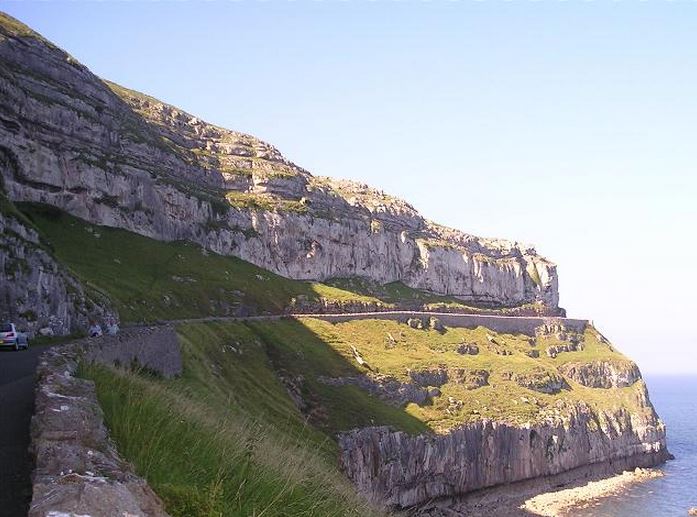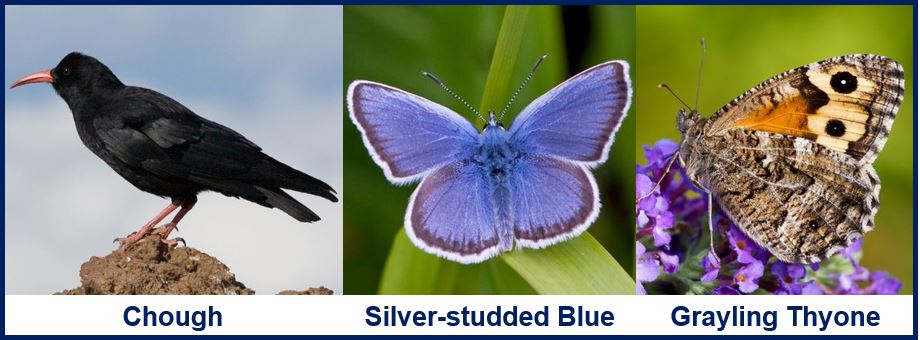The National Trust has bought Parc Farm near the summit of the Great Orme in North Wales, a move aimed at preserving what it describes as a ‘wildlife paradise’. The purchase includes the farm and 145 acres of land, which ecologists say is an important botanical site.
The acquisition also includes grazing land over a further 720 acres of headland near Llandudno.
According to the National Trust, the area is regarded as among the top five most important botanical sites in the United Kingdom – “A place where you can find flora and fauna found nowhere else on earth.”
 The Great Orme name derives from the Viking word for sea serpent. (Image: National Trust)
The Great Orme name derives from the Viking word for sea serpent. (Image: National Trust)
The National Trust thanks everybody’s overwhelming support towards its campaign to save and look after important places on Britain’s coast.
The purchase means that today, the Great Orme has better protection against insensitive development, while its delicate landscape and threatened rare fauna and flora can be better safeguarded for the future.
The National Trust wrote on its website:
“We’re pleased to announce that we have acquired Parc Farm near the summit of Pen y Gogarth/the Great Orme, near Llandudno, and the grazing rights over the majority of the dramatic headland.”
“This marks the 50th anniversary of our Neptune Coastline Campaign – a fundraising initiative which has enabled us to protect 157 miles of coastlines in Wales for people to enjoy and nature to thrive.”
This acquisition follows the Trust’s launching of an ambitious strategy aimed at bringing the natural environment back to health and reversing the worrying decline in wildlife.
 The Marine Drive at the Great Orme. (Image: greatorme.org.uk)
The Marine Drive at the Great Orme. (Image: greatorme.org.uk)
Pen y Gogarth (Welsh name for the Great Orme) is a globally-famous botanical site and is home to two unique sub-species of butterfly – the Silver-studded Blue and the Grayling Thyone. It is also home to a wild cotoneaster (a small-leaved shrub of the rose family) that does not exist elsewhere in the world.
Its limestone expanses are also home to several rare birds such as the chough (type of crow), as well as numerous vulnerable invertebrates and plants.
Justin Albert, National Trust Director for Wales, said:
“Our absolute priority in taking on this fantastic site is to put in place a specific conservation grazing regime to ensure the survival of these species and habitats and one of our key aims will be to provide access to parts of the Great Orme that have until now been fenced off.”
 The Great Orme is home to several species of wildlife.
The Great Orme is home to several species of wildlife.
“Not only is the site of national importance in conservation terms, but it is also a much loved asset to Llandudno and we are looking forward to working closely with the community and key partners such as Plantlife, RSPB, Conwy County Borough Council, Mostyn Estates and Natural Resources Wales to ensure the best possible future for this special place.”
“We cannot underestimate the significance of Pen y Gogarth as a unique landscape, nor its significance to the natural heritage of Wales.”
“This stretch of coastline encapsulates the beating heart of what we as a conservation charity are all about – looking after places of natural beauty rich in wildlife, creating space for nature and conserving our rich coastal heritage.”
The National Trust is looking for people wishing to volunteer to help look after the Great Orme. If you are interested, please write to [email protected].

